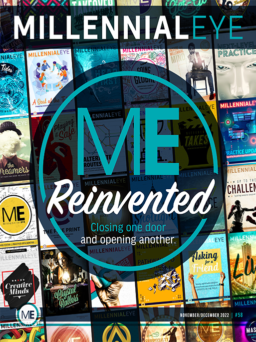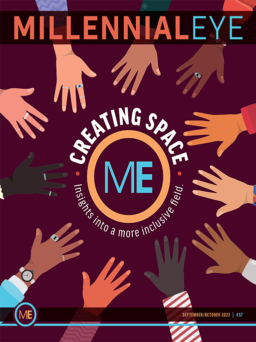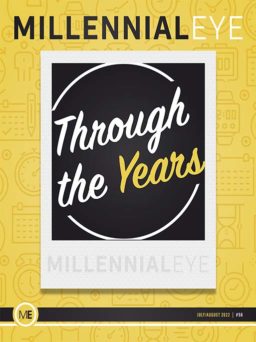As refractive cataract surgeons, we are perennially evaluating the ever-expanding smorgasbord of high-tech diagnostic equipment—from topographers to biometers and more. But in recent months, I’ve added two relatively low-tech (but not really, as you’ll see) devices that have palpably improved my staff’s and patients’ wellbeing while enhancing practice flow. The first is a new type of lensometer, the VX40 (Visionix), and the second is the Adlens, new inexpensive, adjustable prescription spectacles.
VX40 Fully Automatic Lensometer
I first eyed the VX40 lensometer in an AAO exhibit hall side booth last year. Recently, I spotted the device more prominently displayed at a Vision Expo meeting. Now, I didn’t expect to get too excited about a lensometer; after all, I have a few in my office, of different vintage, including a late-model auto lensometer.
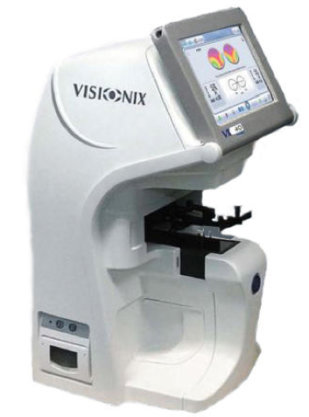
VX40 Lensometer.
However, my then-current auto lensometer was lacking. First, it was frequently stumped by progressive lenses, which cost my tech (or me) time and led to a manual mode guesstimate. Second, due to the operator skill required to accurately read all types of prescriptions consistently, it was one of the last instruments we would train a newly hired tech to use.
After a few floor demos, I enthusiastically purchased the VX40 auto lensometer—and I was not disappointed. The device, as demonstrated in the enclosed video, performs a fully automatic wavefront scan of both lenses with just the press of a button. It can discern single vision from progressive lenses and translate them to perfect lensometry readings every time. The VX40 has other capabilities as well, such as visualizing the progressive corridor, auto-detecting the spectacle pupillary distance, measuring vertical prism, interfacing with EHR, and more.
One-button automated lensometry: my office’s favorite new device.
Most important, the auto lensometer has enabled our entire staff, including part-time and front desk personnel, to achieve perfect lensometry readings with the press of a button. My staff loves it, and they never cower when a patient takes out five pairs of glasses; they simply scan them all in. (Who knows, it’s so simple that I’m even considering having patients read their own spectacles—you know, like self-checkout at the supermarket.)
Adlens Adjustable Focus Eyewear
A few weeks ago, a 1-day postop cataract surgery patient of mine, a retired physician, came into the exam room with some interesting glasses on his face, smiling. We do include both amber shades and +2.50 D readers in our premium postop kits, but his glasses were different—and they were not his prior -6.00 D spectacles. As a lifelong myope, he had elected good uncorrected near vision with a target refraction of -3.00 D for his cataract surgery. And unlike most of my patients who rightfully wonder how they will get along after their first eye or perhaps in this case even after the second eye (before their final refraction can be given), he purchased Adlens adjustable glasses (Adlens) online and had dialed in clear vision in each eye. In fact, my techs had his vision as 20/20 (with the Adlens spectacles) in the chart.
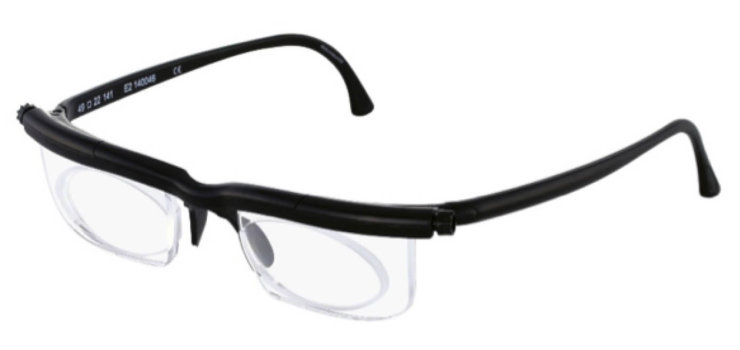
The Adlens Adjustables.
The Adlens are adjustable focus glasses that work by seamlessly moving two overlapping lenses with a simple turn of a dial. With this change in power, they provide a spectacle correction range from -6.00 D to +3.00 D, rendering them quite a remarkable piece of technology. Furthermore, they are affordable, retailing at about $29, and offer a fantastic bridge of functional vision to postoperative patients before their final Rx has stabilized. In some cases, progressive-averse patients chose them as their primary glasses. We now routinely stock them and offer them to our patients, saving us the discussion of popping out their old lenses or getting a temporary Rx.
CONCLUSION
The VX40 auto lensometer is so game-changing that it has made our other auto lensometers obsolete. I await a true fully automatic subjective refraction technology, which can’t be too far away. Also, perhaps in the not-too-distant future, 3D printing of complete spectacles will make a big impact.

